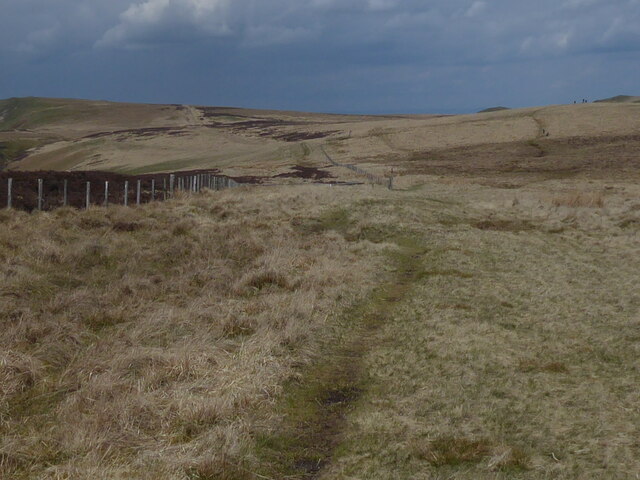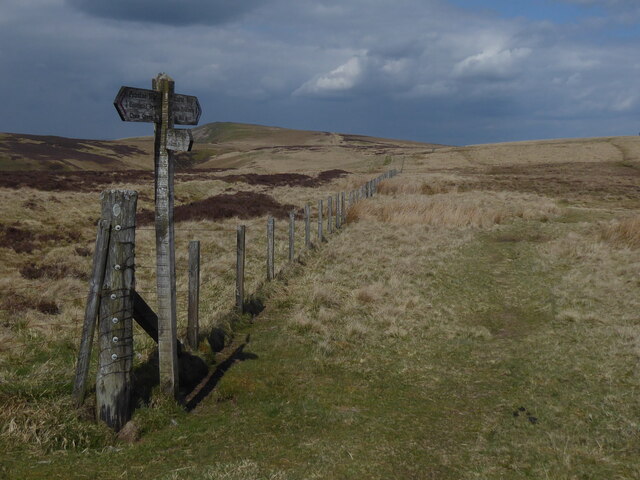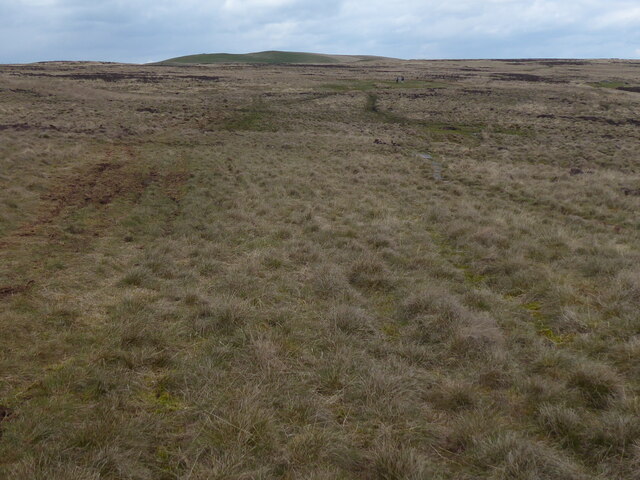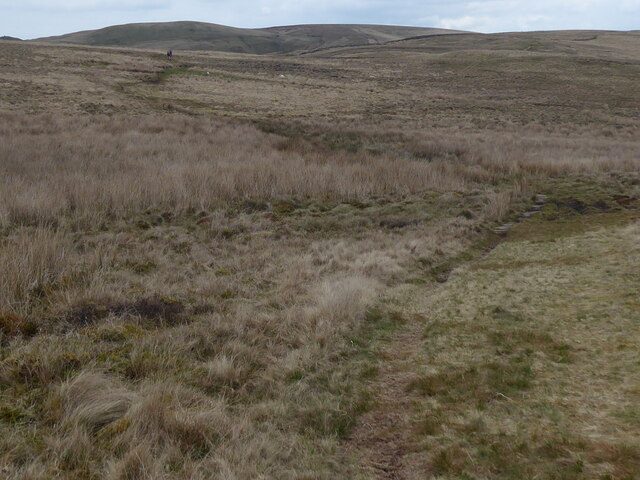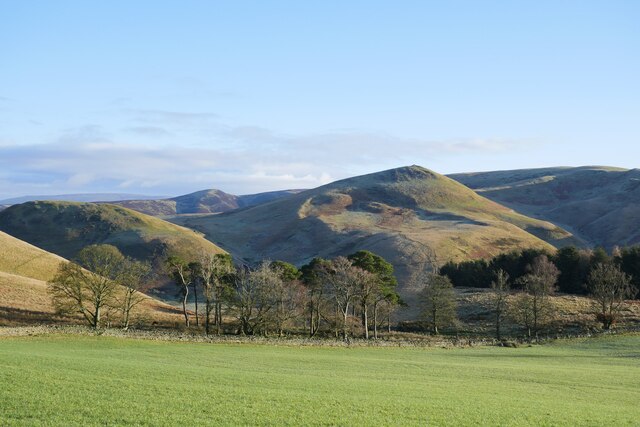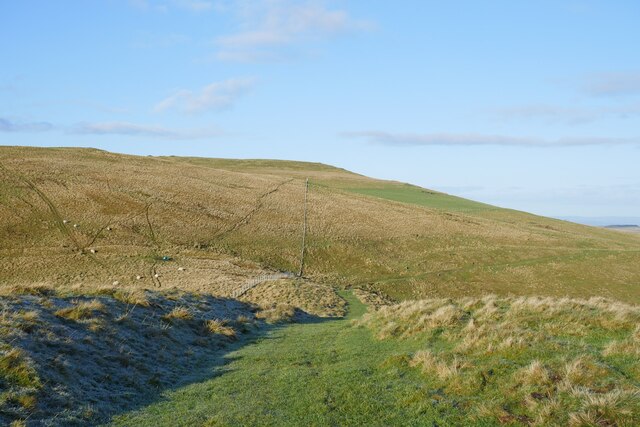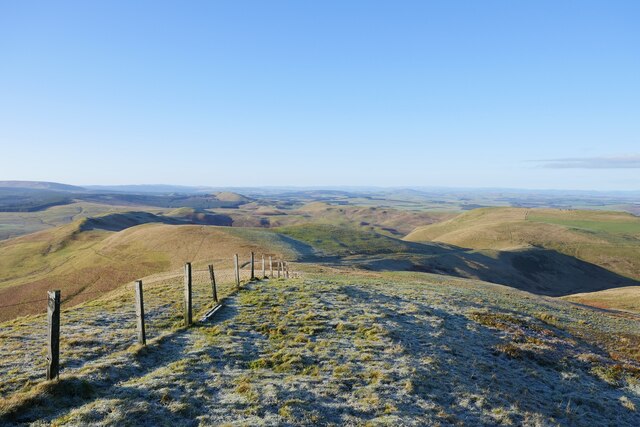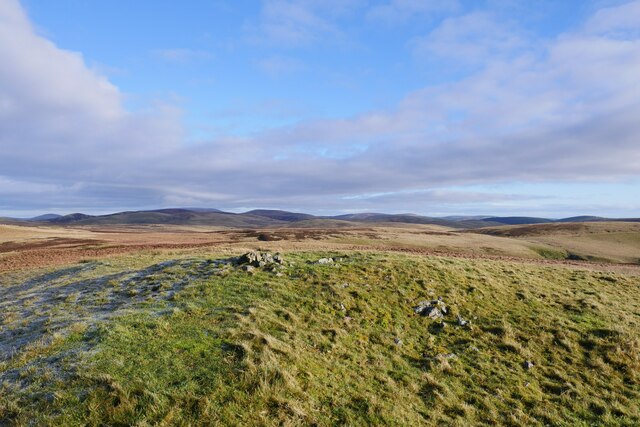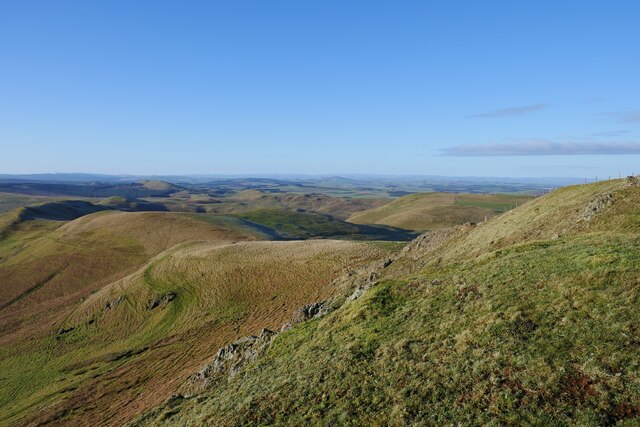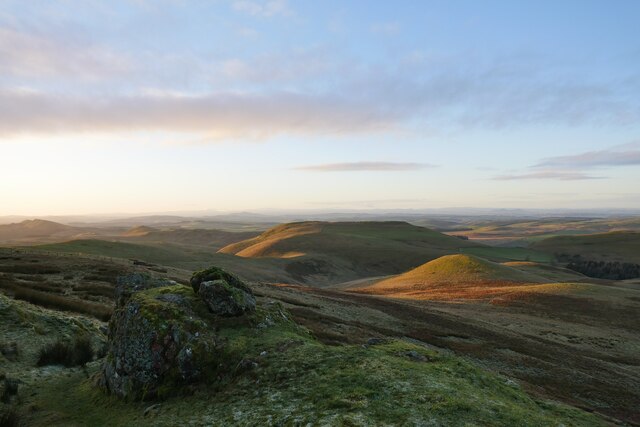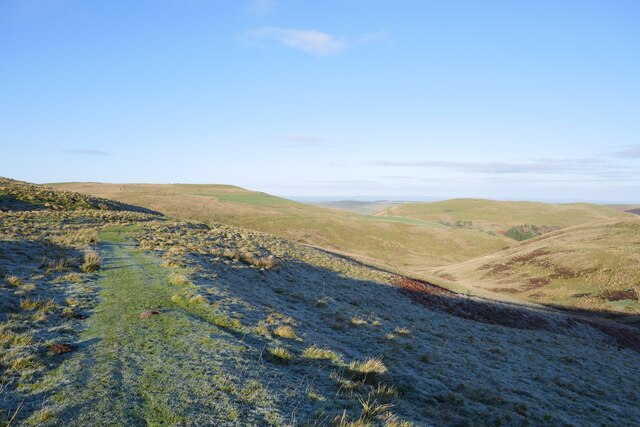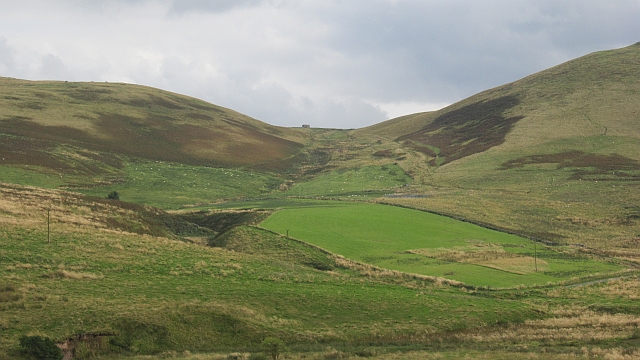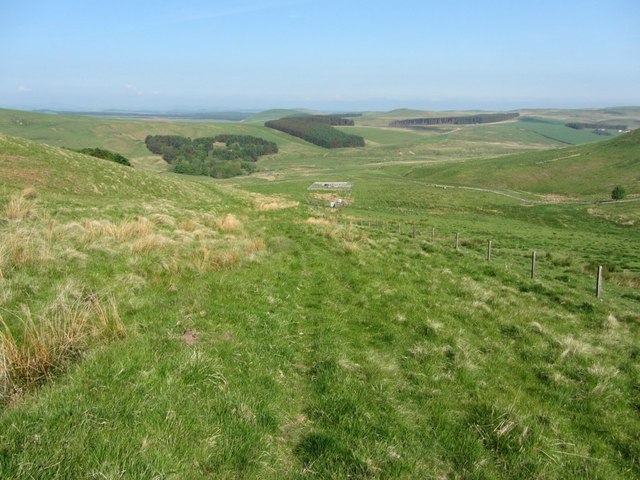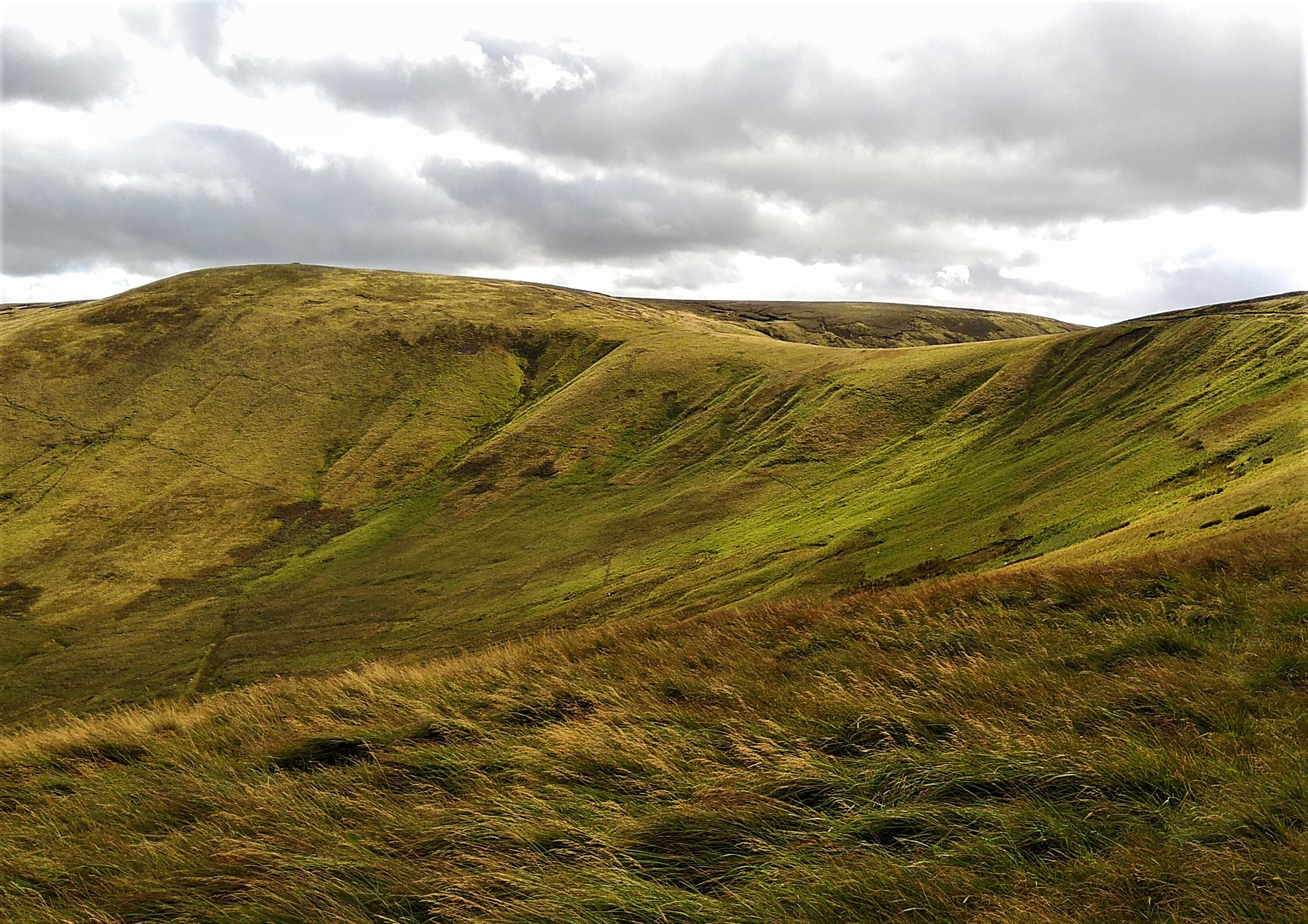Blackhall Hill
Hill, Mountain in Roxburghshire
Scotland
Blackhall Hill
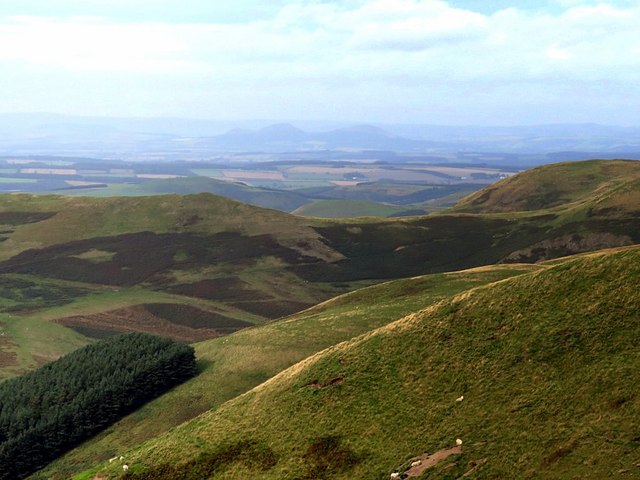
Blackhall Hill is a prominent hill located in the county of Roxburghshire in the Scottish Borders region of Scotland. It is part of the Southern Uplands, a range of rolling hills and mountains that stretch across southern Scotland. The summit of Blackhall Hill stands at an elevation of 343 meters (1,125 feet) above sea level, making it a modest but significant landmark in the area.
The hill is characterized by its gentle slopes and grassy terrain, offering visitors a relatively easy climb and panoramic views of the surrounding countryside. The summit provides a vantage point from which one can admire the picturesque landscape of Roxburghshire, including the nearby River Teviot and the lush green fields that stretch into the distance.
Blackhall Hill is a popular destination for outdoor enthusiasts, including hikers, walkers, and nature lovers. Its accessibility and relatively low elevation make it an excellent choice for individuals of all ages and fitness levels. The hill is also home to a variety of flora and fauna, including heather, wildflowers, and various bird species, adding to its natural beauty and appeal.
Located approximately 4 kilometers (2.5 miles) northeast of the town of Jedburgh, Blackhall Hill is easily accessible by road and offers ample parking facilities nearby. Whether one seeks a peaceful stroll or a more challenging hike, Blackhall Hill provides a serene and picturesque setting for outdoor activities and exploration in the heart of Roxburghshire.
If you have any feedback on the listing, please let us know in the comments section below.
Blackhall Hill Images
Images are sourced within 2km of 55.399496/-2.3479731 or Grid Reference NT7811. Thanks to Geograph Open Source API. All images are credited.

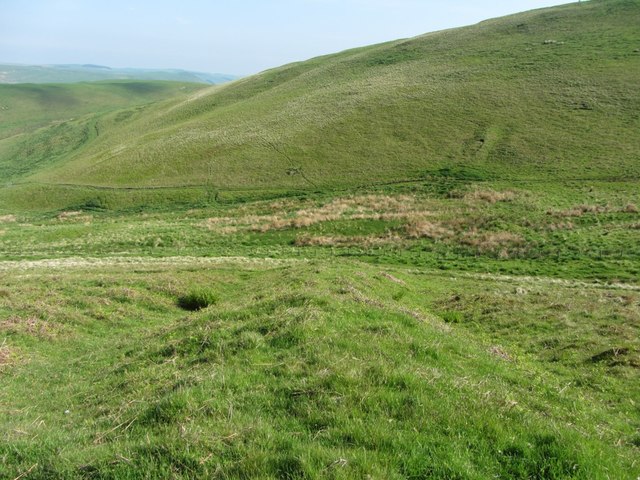
Blackhall Hill is located at Grid Ref: NT7811 (Lat: 55.399496, Lng: -2.3479731)
Unitary Authority: The Scottish Borders
Police Authority: The Lothians and Scottish Borders
What 3 Words
///growth.condition.images. Near Rochester, Northumberland
Nearby Locations
Related Wikis
Chew Green
Chew Green is the site of the ancient Roman encampment, commonly but erroneously called Ad Fines (Latin: The Limits) on the 1885-1900 edition of the Ordnance...
Pennymuir Roman camps
The Pennymuir Roman camps are situated southeast of Jedburgh in the Scottish Borders area of Scotland, near the Anglo-Scottish border, in the former Roxburghshire...
Featherwood Roman Camps
Featherwood Roman Camps are neighbouring archaeological sites in Northumberland, England, 1 mile (1.6 km) north of Featherwood and about 3 miles (5 km...
Hownam
Hownam or Hounam is a small village and parish situated 8 miles east of Jedburgh in the Scottish Borders area of Scotland, near the Anglo-Scottish border...
Windy Gyle
Windy Gyle is a mountain in the Cheviot Hills range, on the border between England and Scotland. Like the other hills in the area, it is rounded and grass...
Barrow Burn
Barrowburn is a hamlet in Upper Coquetdale in the county of Northumberland, England. It comprises a working farm with associated buildings and two holiday...
Ramshope
Ramshope is a hamlet and former civil parish, now in the parish of Rochester in Northumberland, England located in Northumberland National Park. It lies...
Barrow Burn Meadows
Barrow Burn Meadows is a Site of Special Scientific Interest (SSSI) in north Northumberland, England. The site is a species-rich hay meadow of a sort now...
Have you been to Blackhall Hill?
Leave your review of Blackhall Hill below (or comments, questions and feedback).
